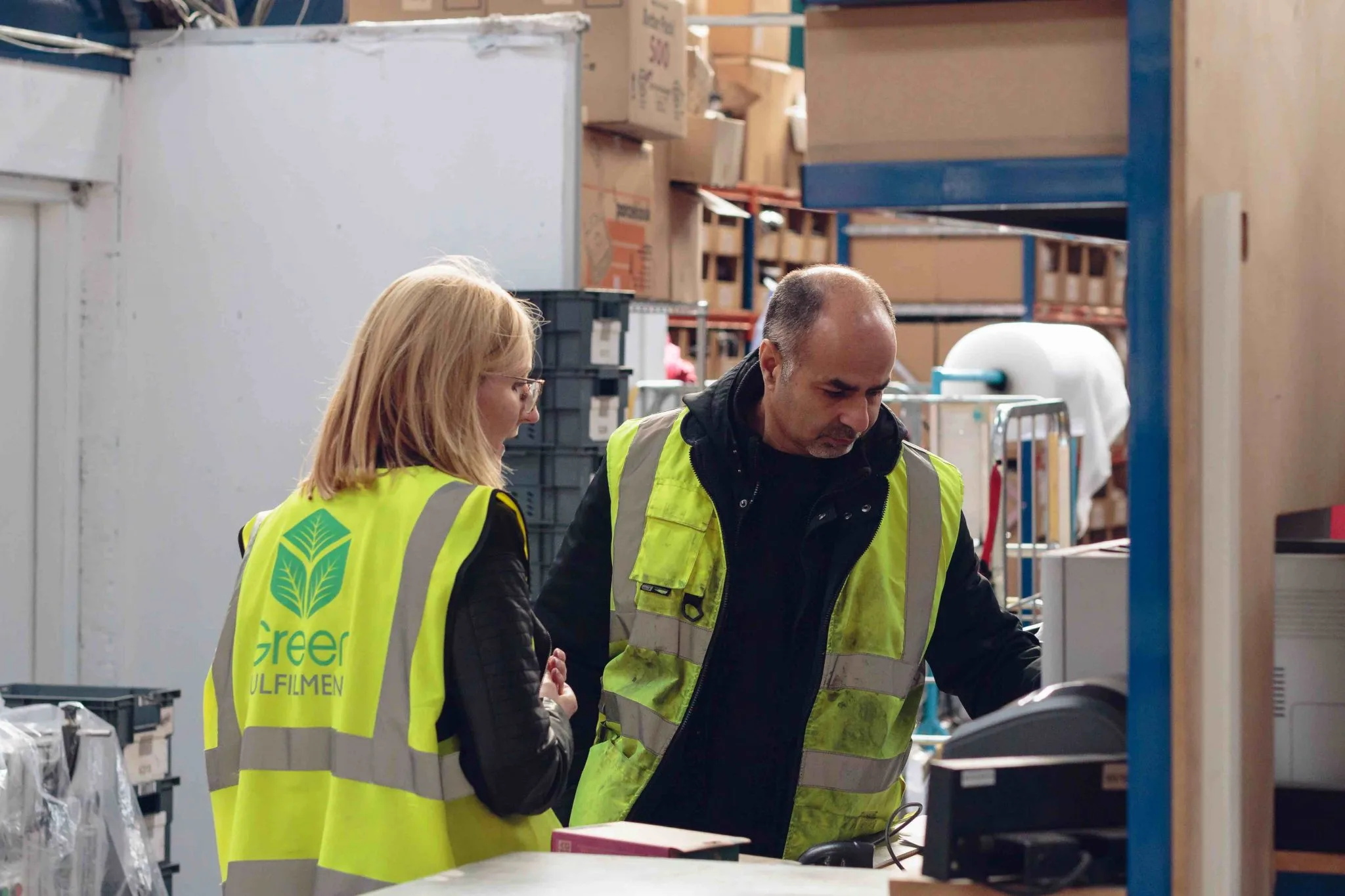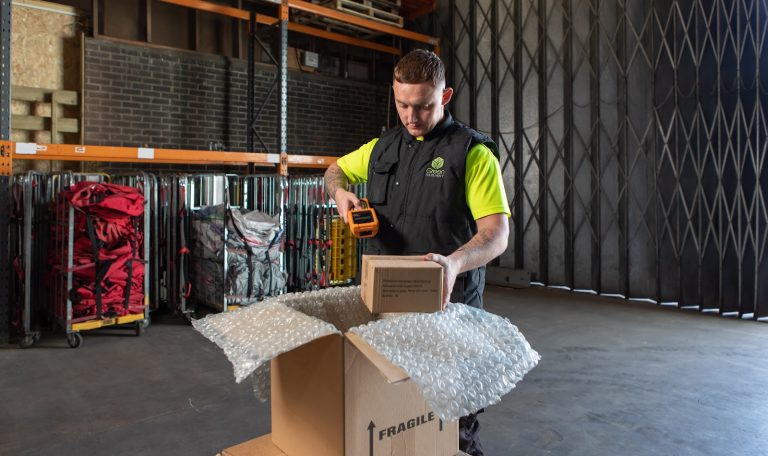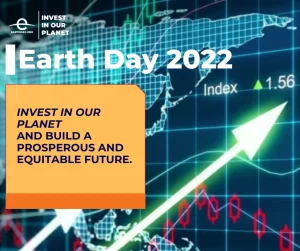Article Takeaways
- eCommerce returns generate high emissions, waste, and lost products
- Around 30% of online orders are returned, many are never resold
- Poor product info and flexible policies often lead to unnecessary returns
- Green Fulfilment reduces impact with recyclable packaging and paperless returns
- Smarter processes like local returns, reverse logistics, and data tracking help retailers cut waste
eCommerce returns have become standard practice in online retail. For many customers, they offer peace of mind. If something doesn’t fit or match expectations, it can be sent back with minimal hassle. However, while the process feels easy, the environmental impact of each return is significant.
Reverse logistics creates a range of problems for the environment. These include increased transport emissions, extra packaging waste, and the disposal of products that could otherwise be used. For online retailers and logistics providers, managing this process responsibly is becoming more important as volumes grow.
Why eCommerce Returns Have a Bigger Footprint Than You Might Think
A returned item sets off a complex chain of events. It often travels further than it did the first time, gets handled more times, and uses new materials for repacking. The result is more carbon emissions, more waste, and more strain on supply chains.
Transport emissions add up quickly
Each return can generate up to 4.2 kilograms of CO₂. In 2022, global emissions linked to returns reached 24 million metric tonnes. That is roughly equal to the annual emissions from five million cars!
Packaging often gets doubled
Many returned items need new wrapping, boxes, and labels. This results in a sharp increase in material use, much of which ends up discarded after a single journey.
A large portion of returns are wasted
Around 30% of returned goods are not resold. In 2022 alone, more than 9 billion pounds of returned products were thrown away. Items like clothing, electronics, and homeware could have been reused, but instead ended up in a landfill.
Processing takes significant resources
Items sent back must be unpacked, checked, sometimes repaired, and then repackaged. These steps use time, energy, and labour. In some cases, it costs more to process the item than the item is worth.
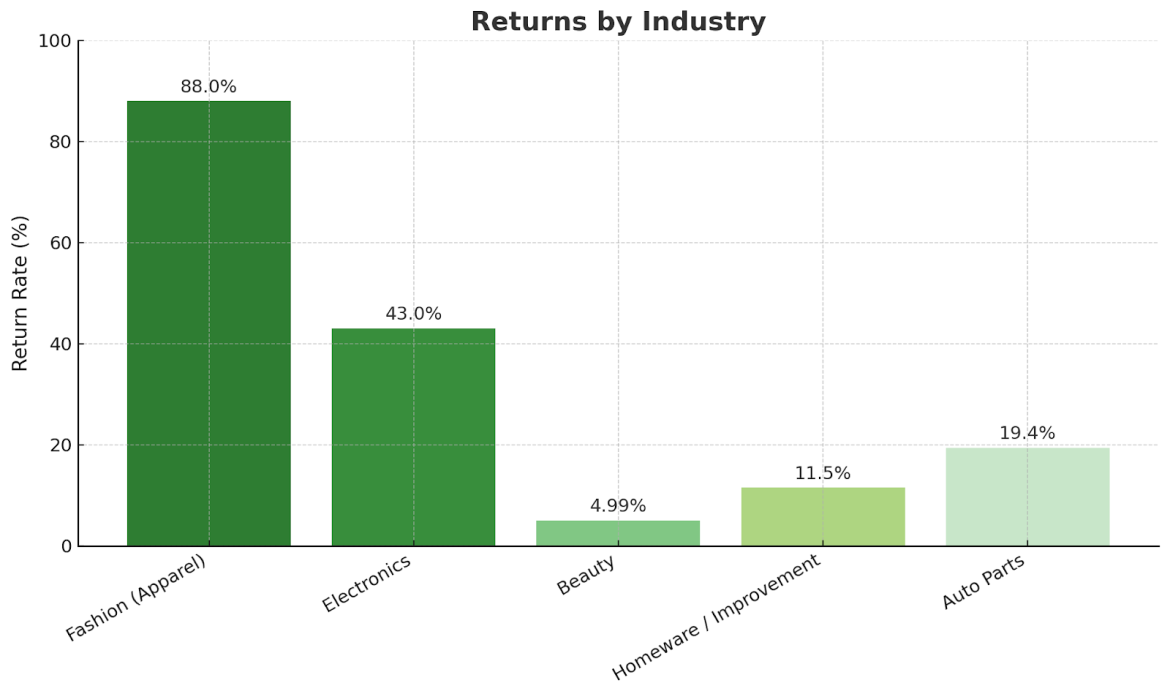
How Often Are Products Returned in eCommerce?
Return rates for online purchases are high. On average, around 30% of items bought online are sent back. That is about three times the return rate for in-store purchases. The numbers are even higher in fashion, where up to 40% of orders are returned.
During the 2022 holiday season, 16.6% of all merchandise in the United States was returned. While some companies can absorb the cost, many smaller brands struggle.
The Main Reasons Behind the Problem
Flexible Return Policies
Offering free and long return windows has become common in eCommerce. While these policies help increase conversions, they also encourage overordering and reduce the chances of thoughtful purchasing.
Unclear Product Information
Limited photos, vague descriptions, and poor sizing tools are some of the main causes of mismatched expectations. Customers return items because they do not match what they saw online.
Cost of Processing
Handling returns takes time and resources. For small businesses, it can be cheaper to discard the item than to process it. This is especially true for low-cost goods.
Lack of Return Infrastructure
Without structured reverse fulfilment systems, many returns sit idle or are thrown away. The process can quickly become a burden.
Why Returns Management Needs to Change
People are paying more attention to how businesses handle waste. Many shoppers now consider environmental responsibility a key part of a brand’s values. Studies show that:
- 66% of shoppers prefer to support brands that manage returns responsibly
- 83% of consumers think businesses should design products that can be reused or recycled
- 81% plan to buy more environmentally responsible products in the future
Larger companies have started to respond. Some invest in second-hand resale systems. Others look at how to reduce returns in the first place. But smaller brands can also take meaningful steps, especially by working with the right fulfilment partner.
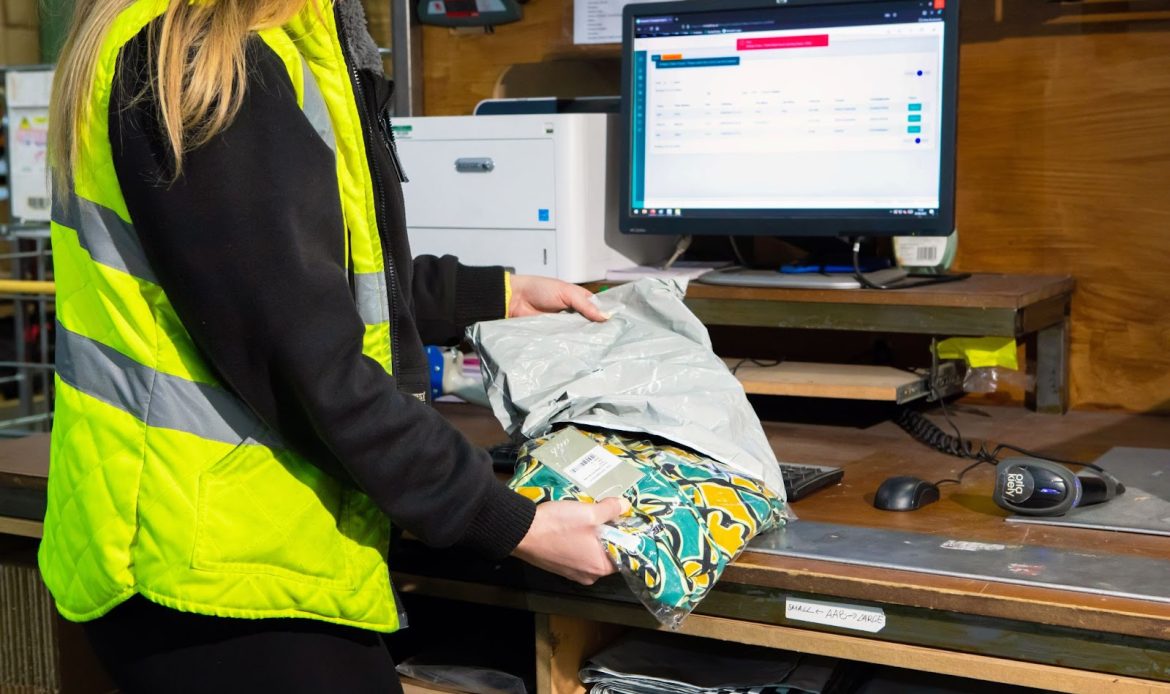
Practical Ways to Reduce the Impact of Returns
1. Improve Product Details
Better product information reduces the chances of a return. This can include clear sizing charts, high-resolution images, customer reviews, and even video demonstrations. Helping customers choose correctly before they buy leads to fewer returns.
2. Use a Reverse Fulfilment Partner
Reverse fulfilment involves receiving, sorting, and processing returned items. Green Fulfilment supports this process with:
- Digital returns management that reduces paper use
- Recyclable materials in packaging
- Sorting systems to identify whether items can be reused, repaired, restocked, or responsibly removed from inventory
- Efficient routing of return shipments to reduce transport miles
3. Offer Returnless Refunds or Exchanges
In some cases, returning an item is more wasteful than receiving a refund. Offering returnless refunds for low-value goods or damaged items can reduce emissions and make the process easier for customers.
4. Consolidate and Localise Returns
Batching returns or using fulfilment centres close to customers helps reduce the environmental cost. Green Fulfilment’s UK and EU-based facilities are well-placed to support local returns for eCommerce brands.
5. Track Patterns and Offset Where Needed
Monitoring your return rates, common product issues, and logistics patterns helps identify where improvements can be made. Some companies also use carbon offset schemes to help balance unavoidable emissions, though the focus should always be on reduction first. Accurate demand forecasting can also help reduce return volumes by preventing overstocking and aligning inventory with actual customer needs.

How Green Fulfilment Supports Lower Impact Returns
At Green Fulfilment, we help businesses manage returns in a way that lowers waste and cuts emissions. Our Go Green Platform provides real-time visibility across the supply chain, which means better forecasting, fewer mistakes, and a lower chance of avoidable returns.
We prioritise recyclable packaging, energy-efficient warehouse operations, and low-waste return processes. Our team works closely with retailers to make sure returned goods are recovered wherever possible, rather than discarded.
A Smarter Way to Manage Returns
Returns are part of modern online retail. But without the right systems, they come at a high cost to the environment.
With clearer product information, better returns infrastructure, and thoughtful fulfilment strategies, eCommerce brands can reduce the damage caused by returns. Green Fulfilment works with retailers to make this happen.
If your business wants to reduce the impact of its returns, we’re ready to help.
Talk to us about building a greener returns process that works for your customers and the planet.
